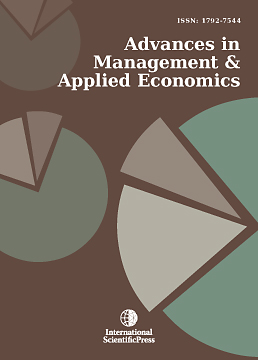Advances in Management and Applied Economics
Interplay and Implications of Urban Renewal under Dual Laws - An Agent-Based Simulation
-
 [ Download ]
[ Download ]
- Times downloaded: 79
Abstract
This article focuses on the impact of the simultaneous implementation of dual laws on urban renewal implementation. Especially when the two laws have different case success rates. We refer to the agent-based model used by Acevedo et al. (2003) for the Los Angeles City Development Study. We used the Geographic Information System (GIS) data to replace the virtual grid. We selected the data of Taipei City for simulation. Compare with the "Urban Renewal Act" and the "Statute for Expediting Reconstruction of Urban Unsafe and Old Buildings" that are currently being implemented simultaneously. Simulations and studies were conducted based on the case success rate and the gap between the two laws. The study results show that only by widening the gap between the two laws can the "Urban Renewal Act" be used at a higher rate. This means clearer enforcement scope and conditions should be set in both regulations to avoid direct conflict.
JEL classification numbers: C15, C63, L38, P25, R52.
Keywords: Urban Renewal, Agent-based modeling, NetLogo, GIS.
